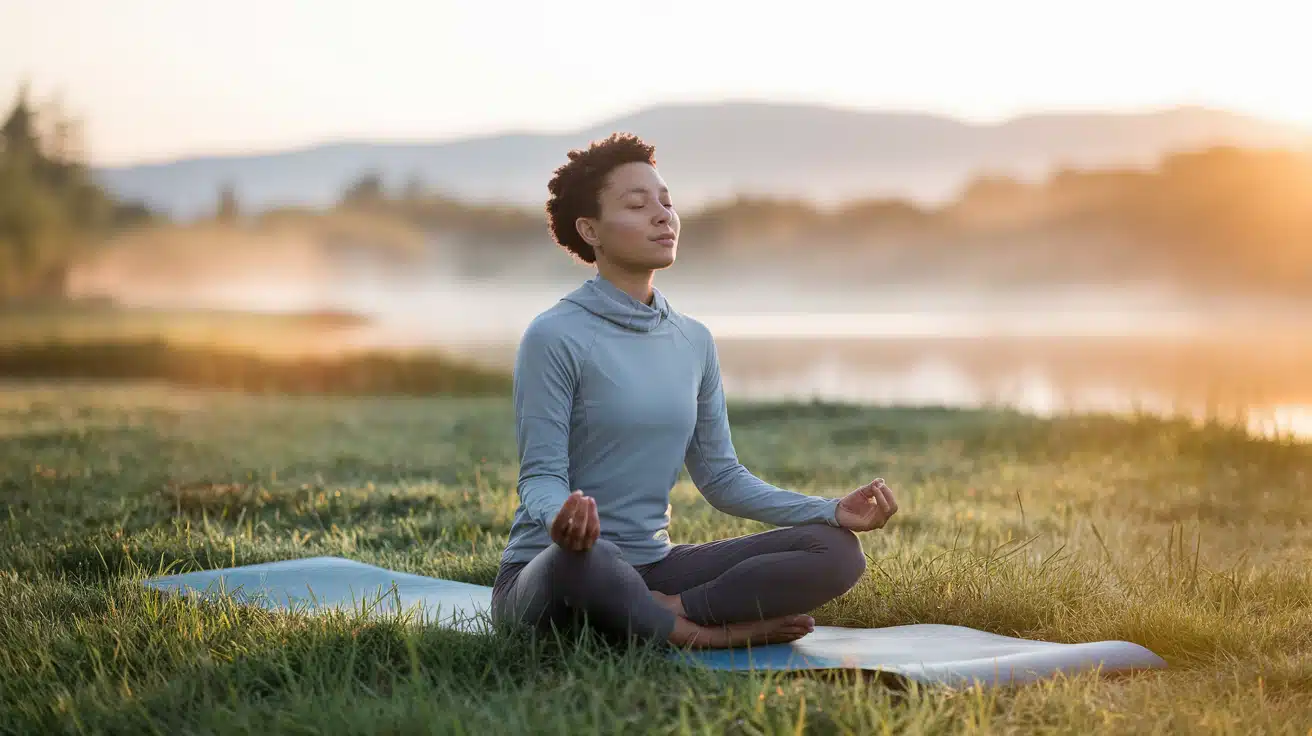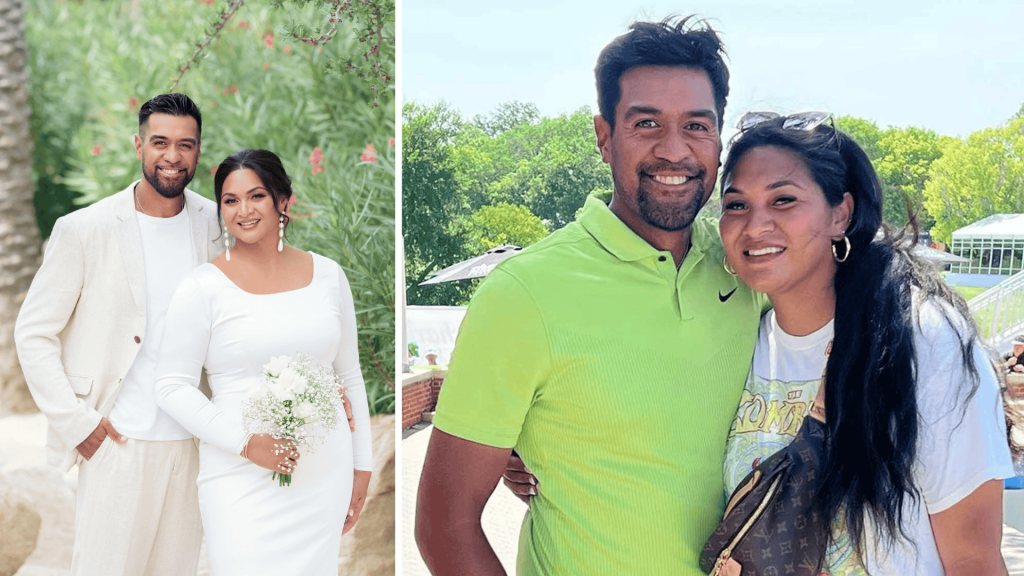Do you ever feel like your mind is racing at a hundred miles per hour, leaving you overwhelmed and anxious?
Millions of people struggle with anxiety daily, searching for simple yet effective ways to find calm in the chaos.
The good news is that mindfulness offers a powerful, accessible solution that doesn’t require years of meditation experience or expensive equipment.
What is Mindfulness?
Mindfulness is the practice of paying attention to the present moment without judgment or attachment.
It’s about observing your thoughts, feelings, and sensations as they arise, rather than getting caught up in them or trying to suppress them.
Unlike meditation, which often involves sitting quietly for extended periods, mindfulness can be practiced anywhere and at any time.
You can be mindful while walking, eating, or even washing dishes. This accessibility makes it perfect for anxiety beginners who want immediate relief.
Mindfulness vs Meditation Difference
While often used interchangeably, mindfulness and meditation have distinct differences:
| Aspect | Mindfulness | Meditation |
|---|---|---|
| Definition | Present-moment awareness in any activity | Formal practice with specific techniques |
| Location | Anywhere – kitchen, office, walking | Quiet, dedicated space |
| Duration | Ongoing throughout the day | Set time periods (5-60 minutes) |
| Position | Any position – sitting, standing, moving | Usually sitting or lying down |
| Focus | Observing current experience | Concentrated attention training |
| Flexibility | Highly flexible and adaptable | Structured with specific guidelines |
| Learning curve | Can start immediately | May require initial instruction |
Think of meditation as going to the gym for your mind, while mindfulness is like staying active throughout the day.
How Mindfulness Helps Anxiety?
Anxiety often stems from our mind’s tendency to worry about future events or ruminate on past experiences. Mindfulness interrupts this cycle by anchoring your attention in the present moment.
Breaks the worry cycle: Instead of spiraling into “what if” scenarios, mindfulness keeps you grounded in reality
Activates the relaxation response: Mindful breathing triggers your body’s natural calm state
Increases self-awareness: You learn to recognize anxiety triggers before they overwhelm you
Reduces emotional reactivity: With practice, you respond to stress rather than react impulsively
Research shows that regular mindfulness practice can reduce anxiety symptoms by up to 60% in just eight weeks.
Simple Daily Mindfulness Exercises
Starting your mindfulness journey doesn’t require hours of practice. These 5-minute mindfulness exercises can easily fit into your busy schedule:
1. Mindful Breathing
This is the foundation of all mindfulness practices.
- Find a comfortable position
- Close your eyes or soften your gaze
- Take three deep breaths
- Let your breathing return to its natural rhythm
- Focus on the sensation of breath entering and leaving your nostrils
- When your mind wanders, gently return attention to your breath
2. Body Scan Meditation Steps
A body scan helps you connect with physical sensations and release tension.
- Lie down comfortably
- Start at the top of your head
- Slowly move your attention down through each body part
- Notice sensations without trying to change them
- If you find tension, breathe into that area
- Continue until you reach your toes
- Take a moment to feel your whole body
3. 5-4-3-2-1 Grounding Technique
This exercise quickly brings you into the present moment:
- 5 things you can see
- 4 things you can touch
- 3 things you can hear
- 2 things you can smell
- 1 thing you can taste
4. Mindful Walking
Transform your daily walks into a mindfulness practice:
- Walk slower than usual
- Feel your feet touching the ground
- Notice the rhythm of your steps
- Pay attention to sounds, sights, and smells around you
Creating Your Mindfulness Routine
Consistency matters more than duration. Here’s how to build a sustainable practice:
| Time of Day | Practice | Duration | Benefits |
|---|---|---|---|
| Morning | Mindful breathing | 5 minutes | Sets calm tone for the day |
| Lunch break | Body scan | 10 minutes | Reduces midday stress |
| Evening | Gratitude mindfulness | 5 minutes | Promotes better sleep |
- Start small with just 2-3 minutes daily
- Use guided apps when beginning
- Practice at the same time each day
- Be patient with yourself
- Remember that a wandering mind is normal
Mindfulness Breathing Script for AnxietyWhen anxiety strikes, try this simple breathing script: “I notice I’m feeling anxious right now. That’s okay. Let me take a moment to catch my breath. I’m breathing in calm… I’m breathing out tension. My breath is my anchor to this moment. With each breath, I’m becoming more centered and peaceful. This feeling will pass. I am safe right now.” Repeat this script while focusing on slow, deep breaths. This combination of mindful breathing and self-compassion can quickly reduce anxiety intensity. |
As you can see, mindfulness doesn’t have to be complicated or time-consuming to be effective for managing anxiety. Even a few minutes of mindful breathing or a quick body scan can make a real difference in how you feel.
Conclusion
By incorporating these simple techniques into your daily routine, you can begin to shift your relationship with anxious thoughts and find more peace in your everyday life.
Remember, mindfulness is a practice, not a perfection. Some days will be easier than others, and that’s perfectly normal.
The key is consistency and self-compassion as you develop this valuable life skill.
Start with just five minutes today, and watch as these small moments of mindfulness create significant positive changes in how you handle stress and anxiety.
What’s one mindfulness technique you’re most excited to try this week?
Share your thoughts or questions in the comments below. I’d love to hear about your mindfulness journey!






































